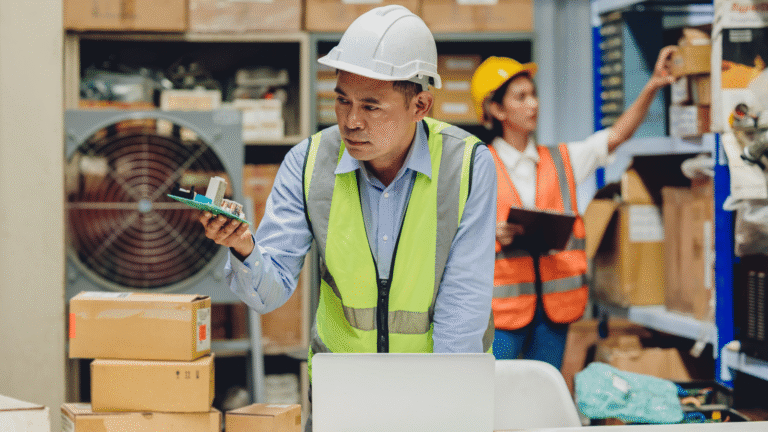Impact of Drone Technology on Agriculture

Drones have been positively impacting the agriculture industry in several ways. They can be equipped with various sensors and cameras to monitor crop health, identify areas of stress or disease, and assess soil conditions. This allows farmers to take targeted actions, such as applying fertilizers or pesticides only where they are needed, saving resources and reducing environmental impact.
By providing real-time data and imagery, drones also enable farmers to make more informed decisions regarding irrigation, planting, and harvesting. This enhances productivity and yields, leading to increased efficiency and profitability in the agriculture sector.

Looking ahead to 2035, we can expect further advancements in drone technology for agriculture. Drones may become more autonomous and capable of performing tasks like planting seeds or even harvesting crops. Improved sensors and software could allow for more precise and detailed data collection, enabling farmers to better understand their fields and optimize their operations.

Additionally, drones could play a crucial role in addressing labor shortages in the agriculture industry. As demand for food continues to grow, the use of drones could help alleviate the challenges of finding and retaining enough skilled workers for farming activities.
However, it is important to note that while drones offer great potential, there are also challenges to overcome. Privacy concerns, airspace regulations, and integrating drones into existing farming practices are among the issues that need to be addressed. Responsible regulation and collaboration between stakeholders will be key in ensuring the safe and effective integration of drones into agriculture by 2035.




Leave a comment